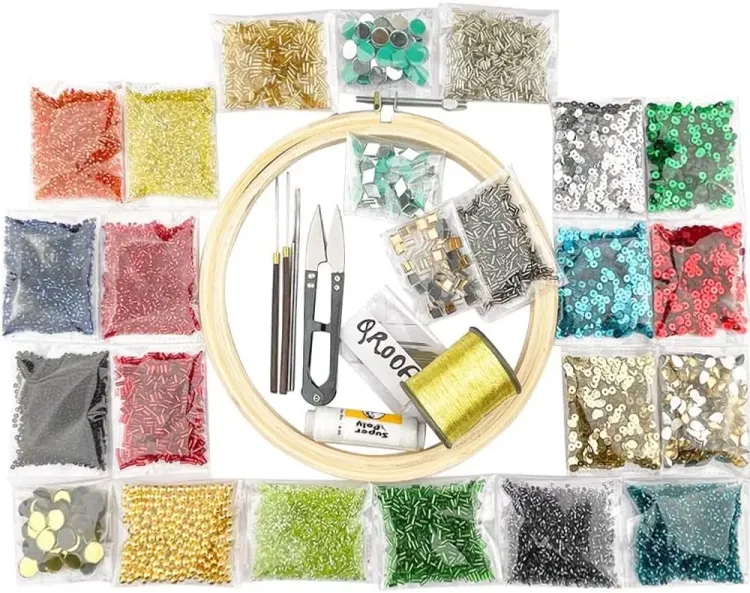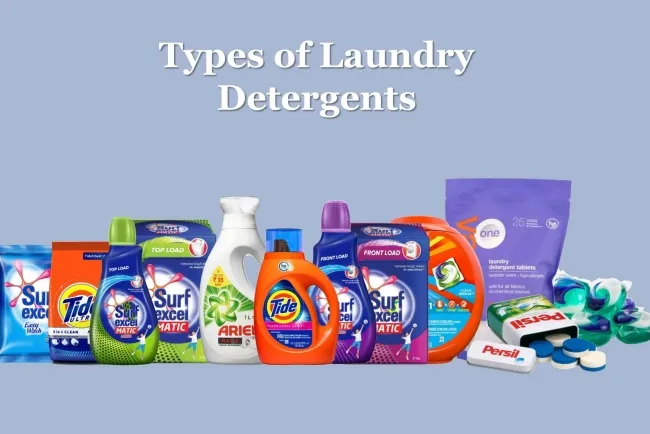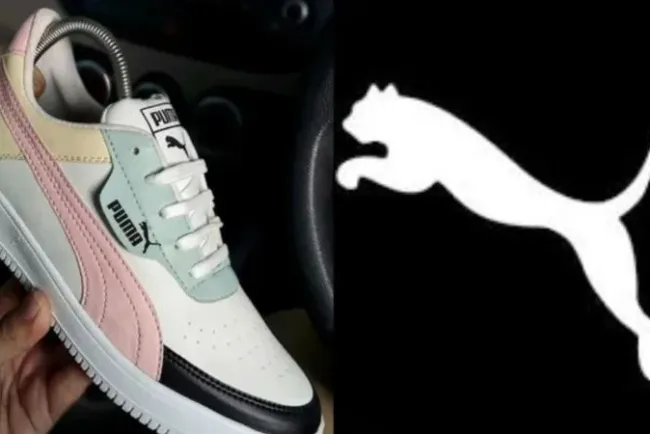Exploring Types of Decorative Fabrics...!!!
Decorative fabrics are integral to creating beautiful and inviting spaces. Each type of fabric offers unique characteristics and uses, from luxurious silks and velvets to practical cottons and linens. By understanding the different types of decorative fabrics and their applications, you can make informed choices to enhance your interior design and event decor.

Decorative fabrics play a vital role in interior design and event planning, adding texture, color, and style to various settings. From drapery and upholstery to table linens and wall coverings, the right fabric can transform any space.
1. Silk
Characteristics:
-
Luxurious and smooth texture.
-
Natural sheen and elegant drape.
-
Lightweight yet strong and durable.
Uses:
-
Drapery: Silk curtains add sophistication and elegance to any room.
-
Upholstery: Often used for high-end furniture and accent pieces.
-
Table Linens: Ideal for formal table settings and special occasions.
Varieties: Dupioni, Taffeta, Chiffon, and Charmeuse.
2. Velvet
Characteristics:
-
Soft and plush texture with a distinctive pile.
-
Rich and opulent appearance.
-
Available in various weights and finishes.
Uses:
-
Upholstery: Adds a luxurious feel to sofas, chairs, and cushions.
-
Drapery: Velvet curtains provide warmth and depth to interiors.
-
Decorative Accents: Used for throw pillows, bedspreads, and wall hangings.
Varieties: Crushed Velvet, Stretch Velvet, and Embossed Velvet.
3. Linen
Characteristics:
-
Natural and breathable fabric.
-
Crisp texture and matte finish.
-
Highly absorbent and durable.
Uses:
-
Table Linens: Perfect for tablecloths, napkins, and placemats.
-
Upholstery: Suitable for casual and coastal-themed furniture.
-
Window Treatments: Linen curtains offer a relaxed and airy look.
Varieties: Belgian Linen, Blended Linen, and Washed Linen.
4. Cotton
Characteristics:
-
Versatile and widely available.
-
Soft and breathable with a smooth texture.
-
Easy to dye and print.
Uses:
-
Bedding: Commonly used for sheets, pillowcases, and duvet covers.
-
Upholstery: Ideal for slipcovers, cushions, and casual furniture.
-
Drapery: Cotton curtains are durable and easy to maintain.
Varieties: Egyptian Cotton, Organic Cotton, and Cotton Canvas.
5. Brocade
Characteristics:
-
Ornate and decorative fabric with raised patterns.
-
Heavyweight and rich texture.
-
Often woven with metallic threads.
Uses:
-
Upholstery: Perfect for accent chairs, headboards, and decorative cushions.
-
Drapery: Adds a touch of opulence to window treatments.
-
Table Linens: Used for elaborate tablecloths and runners.
Varieties: Silk Brocade, Cotton Brocade, and Synthetic Brocade.

6. Damask
Characteristics:
-
Reversible fabric with intricate patterns.
-
Smooth and lustrous finish.
-
Available in various weights and fiber blends.
Uses:
-
Upholstery: Ideal for formal and traditional furniture.
-
Drapery: Adds elegance to window coverings.
-
Table Linens: Popular for high-end tablecloths and napkins.
Varieties: Silk Damask, Cotton Damask, and Polyester Damask.
7. Chiffon
Characteristics:
-
Lightweight and sheer fabric.
-
Soft and flowing drape.
-
Delicate and airy appearance.
Uses:
-
Event Decor: Ideal for wedding arches, backdrops, and table overlays.
-
Drapery: Used for sheer curtains and window scarves.
-
Fashion: Popular for evening gowns and formal wear.
Varieties: Silk Chiffon, Polyester Chiffon, and Stretch Chiffon.
8. Organza
Characteristics:
-
Sheer and crisp fabric.
-
Stiff and structured drape.
-
Shimmery and translucent.
Uses:
-
Event Decor: Perfect for chair sashes, table runners, and overlays.
-
Floral Arrangements: Adds elegance to bouquets and centerpieces.
-
Fashion: Used for bridal veils, skirts, and evening wear.
Varieties: Silk Organza, Polyester Organza, and Crystal Organza.
9. Tapestry
Characteristics:
-
Heavyweight fabric with woven patterns.
-
Rich and textured appearance.
-
Durable and long-lasting.
Uses:
-
Upholstery: Suitable for statement furniture and cushions.
-
Wall Hangings: Used as decorative wall art and tapestries.
-
Rugs and Carpets: Adds warmth and style to floors.
Varieties: Antique Tapestry, Jacquard Tapestry, and Needlepoint Tapestry.
10. Satin
Characteristics:
-
Smooth and glossy surface.
-
Luxurious and flowing drape.
-
Available in various weights and finishes.
Uses:
-
Bedding: Popular for pillowcases, sheets, and duvet covers.
-
Event Decor: Used for tablecloths, chair covers, and sashes.
-
Fashion: Ideal for evening gowns, lingerie, and formal wear.
Varieties: Silk Satin, Polyester Satin, and Bridal Satin.
Decorative fabrics are integral to creating beautiful and inviting spaces. Each type of fabric offers unique characteristics and uses, from luxurious silks and velvets to practical cottons and linens. By understanding the different types of decorative fabrics and their applications, you can make informed choices to enhance your interior design and event decor.
What's Your Reaction?

















